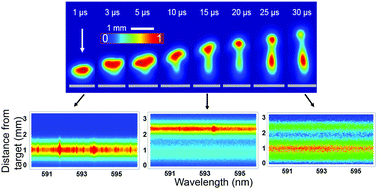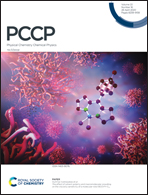Expansion dynamics and chemistry evolution in ultrafast laser filament produced plasmas
Abstract
Laser ablation in conjunction with optical emission spectroscopy is a potential non-contact, stand-off detection method for all elements in the periodic table and certain isotopes such as radionuclides. Currently, significant development efforts are on-going to use ultrafast laser filaments for remote detection of materials. The application of filaments is of particular interest in extending the range of stand-off capability associated with elemental and isotopic detection via laser-induced breakdown spectroscopy. In this study, we characterize the expansion dynamics and chemical evolution of filament-produced uranium (U) plasmas. Laser filaments are generated in the laboratory by loosely focusing 35 femtosecond (fs), 6 milli Joule (mJ) pulses in air. Time-resolved, two-dimensional plume and spectral imaging was performed to study hydrodynamics and evolution of U atomic and UO molecular emission in filament-produced U plasmas. Our results highlight that filament ablation of U plasmas gives a cylindrical plume morphology with an appearance of plume splitting into slow and fast moving components at later times of its evolution. Emission from the slow-moving component shows no distinct spectral features (i.e. broadband-like) and is contributed in part by nanoparticles generated during ultrafast laser ablation. Additionally, we find U atoms and U oxide molecules (i.e. UO, UxOy) co-exist in the filament produced plasma, which can be attributed to the generation of low-temperature plasma conditions during filament ablation.

- This article is part of the themed collection: 2020 PCCP HOT Articles


 Please wait while we load your content...
Please wait while we load your content...
